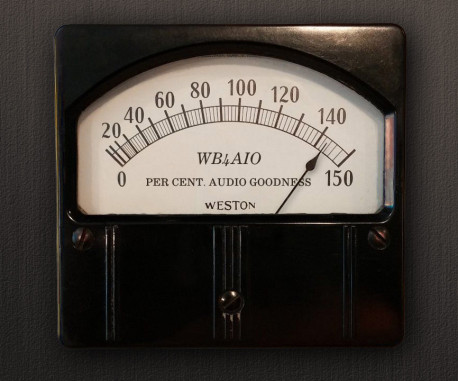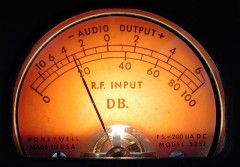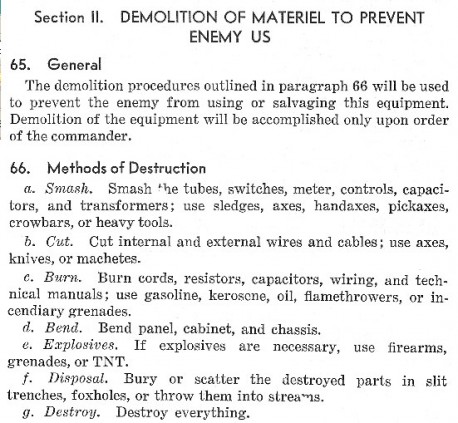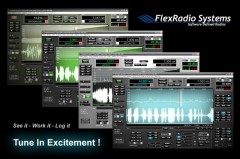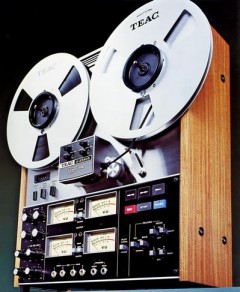AT THE BEGINNING of my involvement in amateur radio (I was first licensed in 1972), I was an advocate of AM over SSB. I didn’t even operate SSB regularly until the late 1980s. My main reason for this was the vastly inferior audio quality then prevalent on SSB. (There were rare exceptions, like old Central Electronics phasing exciters used by operators who paid exceptional care to frequency accuracy.) Of course, unmodified commercial AM gear was only a tiny bit better, but that’s a story for another time. There were several problems with SSB in those days: 1) frequency instability; 2) the lack of frequency accuracy (leading to “tuning by ear” by people with tin ears); 3) poor frequency response due to excessively narrow filters; 4) SSB filter ripple; and 5) distortion. Add all these things together, and amateur SSB audio usually sounded very mechanical, robotic, and horribly unnatural. Give me home-built, or broadcast, or modified high-fidelity AM any day!
I still love AM, but today there is great improvement in SSB: the PLL and TCXO and OCXO have made frequency accuracy and stability within ten Hertz or less routine, which by itself makes a huge improvement in how SSB sounds. Add to that the fact that AM and eSSB experimenters have encouraged manufacturers to widen frequency response and lower distortion figures, and the SSB of 2015 has the potential to sound very good indeed — especially if you use a software defined radio.
Lower distortion and wider frequency response actually lead to better communication, because the subtleties and nuances of personality and meaning come through better than they ever could with the old, low-fidelity, so-called “communications quality” audio of the past.
Listen: Liberty Net 9/26″]
Here’s my brief digest of, and comment on, just a few of the issues discussed on this week’s Liberty Net:
• More than 100 Jewish rabbis recently signed an open letter to Prime Minister Cameron calling on Britain to open its borders for even more non-White invaders, bizarrely invoking the largely-fictional “Holocaust” of Jews in WW2 as justification. (43 minutes)
